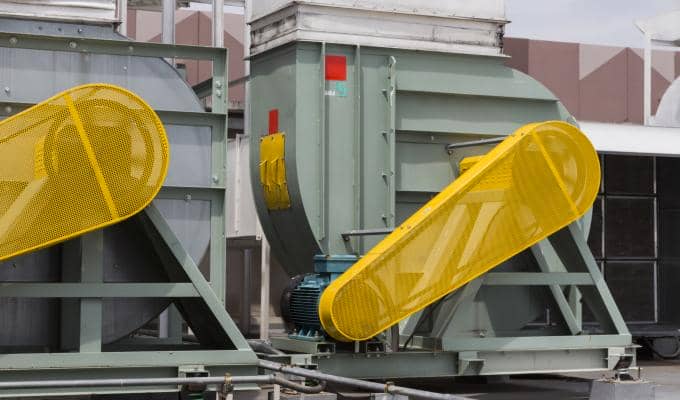A background in industrial machines has given me a unique point of view on the difference between these seemingly intertwined terms and what the practical differences might be on a design for each of them.
We, at Spiers Engineering Safety, start with the dictionary definitions taken and presented from several sources:
Safe: protected from, or not exposed to danger or risk; not likely to be harmed or lost
Secure: certain to remain safe and unthreatened
We would do well to summarise the above as ‘safety’ being achieved by design (or state) where people are only exposed to the potential for harm when necessary (ideally not at all). On the other hand, ‘security’ is achieved where we not only avoid ‘incidental’ exposure by design but we also avoid exposure that may occur as the result of a deliberate effort to circumvent those ‘safety’ features.
Security ensures that safety will endure despite concerted deliberate effort. I can hear some of you asking the next question… “Why would someone wish to overcome those features that are in place to keep them safe?” Some of you may even go a little further and say “if someone is that determined to hurt themselves, just let them!”
A good friend of mine said to me recently, (tongue in cheek) “I believe in Darwin’s theory so I take all the warnings off my machines so the stupid people are naturally selected out of the workforce”. Clearly, he doesn’t actually do that, but his sentiment is not uncommon. One of my many responses to this line of conversation was to draw parallels with ‘victim blaming’ where the victim of a crime or any wrongful act, is held entirely or partially at fault for the harm that befell them. In this case the wrongful act is the deployment for use of a machine that is not safe (or as safe as it should be).
In some cases, the machine is ‘safe’ but that safety is not ‘secure’. By this, we mean that there is likely to be a deliberate concerted effort by a person to overcome the features that are present to protect oneself and others and that effort is likely to result in successfully exposing oneself to the potential harm.
Many people would ask “Why?! Why would you do this?!” Before you judge too quickly let me give a few everyday examples of this sort of behaviour and how it manifests in real life:
- Choosing to cross the road without using a pedestrian crossing (which is available but requires more effort, time, trouble).
- Switching on your phone before the aeroplane has come to a complete standstill.
- Standing on the top step of a ladder (despite the sign)
- Driving a car with a warning light on brake pressures
- A sedentary lifestyle e.g. playing computer games for 12 hours a day, overeating, minimum exercise etc.
On the face of it, each one of these ‘behaviours’ is accepted as a ‘norm’ by the person doing it. The behaviour has been normalised and is therefore available to be used a ‘socialised’ behaviour done by others and propagated.
Now, switch your mind back to the workplace and machine design/adaption. Our workers are not robots (although some organisations would like it if they were). Workers will establish their own norms of behaviour and these will propagate if left unchallenged.
Fear not, ‘Behavioural Safety’ consultants to the rescue (but it isn’t that simple). ‘State of the art’ has already been set. This is the measuring stick that keeps that state of ‘safe’ as an objective and impartial one that can be defined so that it is consistent and free of opinionated variation (to some degree).
The ‘safe’ state is not one that is simply achieved, it is ‘secured’ so that features such as guards, interlocks, related controls systems and other safety-critical characteristics are not simply present, but are not going to be defeated by a deliberate concerted effort where that defeat is a reasonably foreseeable behaviour based on what are the ‘norms’ of behaviour. What is foreseeable is highly sensitive to the perceived benefits but as you can see from the everyday examples above, the perceived benefits do not need to balance the consequence since in the cold light of day we are not robots making purely rational decisions.
We must resign ourselves to the fact we are all, to one degree or another, irrational beings making decisions that with hindsight, or foresight, make no sense.
Safety is not only the avoidance of exposure by design. It is the securing of those features where there is a perceived benefit from an effort to circumvent them (no matter how small).
Reference: BS EN ISO 12100:2010. 5.5.3.6 – Possibility of defeating or circumventing protective measures
Warren Spiers, founder of Spiers Engineering Safety, is a pioneer in the machine safety industry. Having worked for industry leaders such as Castell (trap key interlocking), Safety Systems Technologies and Laidler Associates, he is now a key provider of CE marking and PUWER services, Machine Safety Training and Engineering Audits. You can visit his LinkedIn profile here


